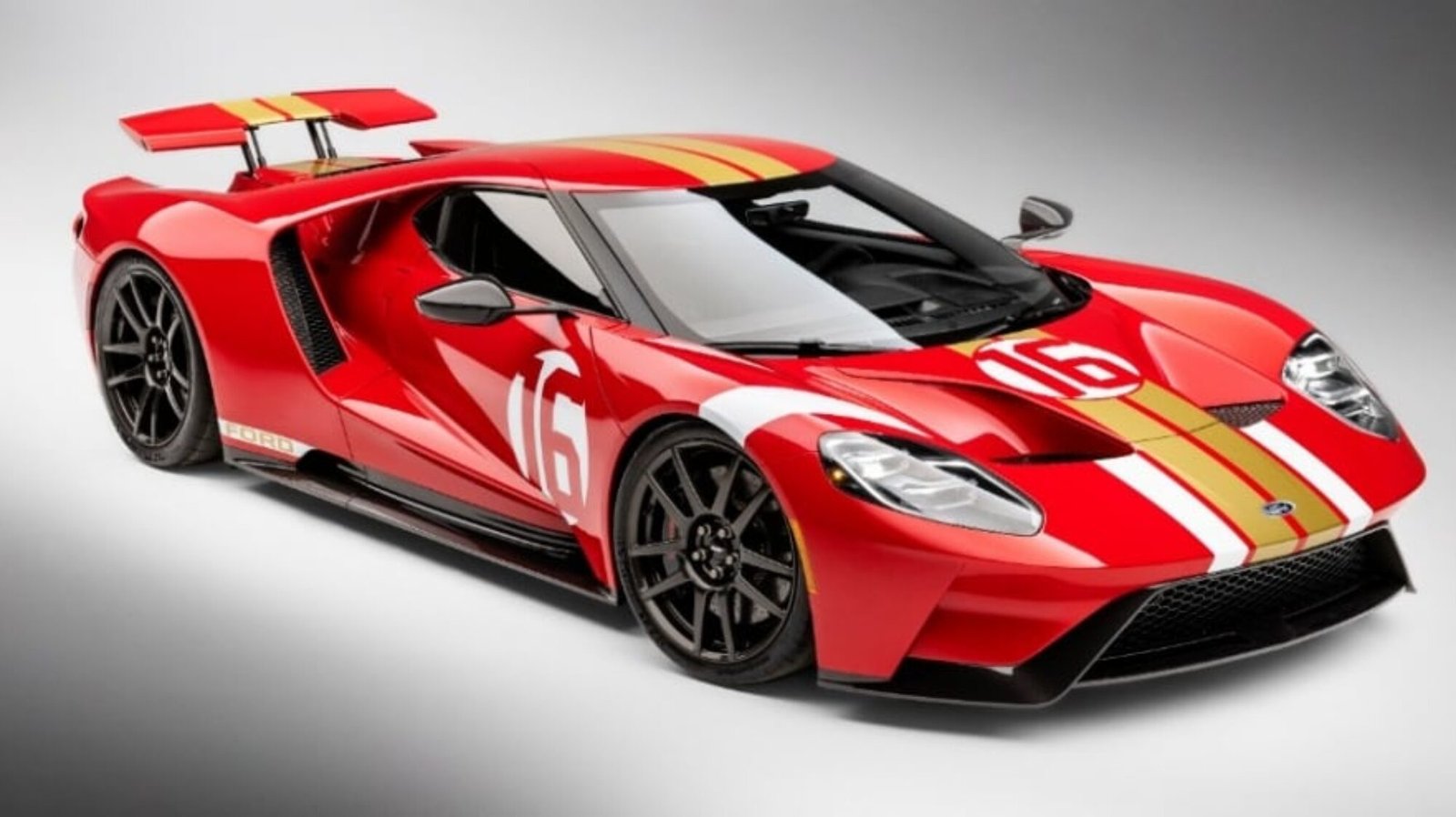How to Value a Vintage Car
Owning a vintage car can be a dream come true for many car enthusiasts. However, understanding its true worth is equally important. Whether you’re looking to buy, sell, or insure a classic vehicle, knowing how to value a vintage car accurately can save you time, money, and headaches. In this guide, we’ll explore the key factors that determine a car’s value and provide you with practical steps to assess it correctly.

Understanding the Basics of Car Valuation
Before diving into the specific details of how to value a vintage car, it’s essential to understand the basics of car valuation. The value of a vintage car is influenced by several factors, including its make and model, year of production, condition, rarity, and market demand. Unlike modern vehicles, which often depreciate quickly, vintage cars can maintain or even increase in value over time if they are well-maintained and sought after by collectors.
To start, gather as much information as you can about the car in question. The more details you have, the easier it will be to determine its value. Key information includes the car’s original specifications, any modifications, service history, and documentation such as the original sales receipt or maintenance records.
Assess the Car’s Condition
One of the most crucial steps in how to value a vintage car is assessing its condition. The condition of the car significantly affects its value. Generally, vintage cars are categorized into several conditions: concours, excellent, good, fair, and poor.
- Concours: These cars are in perfect, showroom condition and have been meticulously restored to their original state or maintained as if new.
- Excellent: Vehicles in this category are in great condition with no visible damage or wear and have been restored using original or reproduction parts.
- Good: Cars that are in good condition might have some minor wear or defects but are still in working order and have most original parts.
- Fair: These vehicles have noticeable wear and tear, rust, or mechanical issues and may need restoration.
- Poor: Cars in poor condition are often non-operational and require significant work or use as parts donors.
When evaluating the car’s condition, consider both the exterior and interior, as well as the mechanical components. An independent inspection by a qualified classic car mechanic can provide an unbiased assessment and help identify any potential issues that might affect the car’s value.
Research the Market
To value a vintage car accurately, it’s essential to understand the current market trends. Start by researching similar models that have recently sold or are currently for sale. Websites like Hemmings, ClassicCars.com, and Bring a Trailer offer valuable insight into what collectors are willing to pay for specific makes and models.
Additionally, consider the car’s rarity and desirability. Some vintage cars are more popular among collectors due to their unique design, historical significance, or limited production numbers. If the car you’re valuing is rare or highly sought after, it may command a higher price than a more common model in similar condition.
Consider the Car’s Originality
Another important factor to consider when you value a vintage car is its originality. A car that retains its original engine, transmission, and other key components is typically more valuable than one that has been heavily modified or restored with non-original parts. This is because originality often reflects the car’s history and authenticity, which are highly prized by collectors.
If the car has undergone restoration, documentation of the work performed, including receipts and photos, can help maintain or even enhance its value. It’s also important to know if the restoration used original parts or reproductions, as this can affect the car’s desirability and price.
Get a Professional Appraisal
While doing your own research is crucial, getting a professional appraisal can provide an accurate and unbiased value for your vintage car. Professional appraisers specialize in classic cars and have the expertise and resources to assess a vehicle’s worth based on its condition, originality, and market trends.
An appraisal is particularly useful if you’re buying, selling, or insuring a vintage car. Many insurance companies require an appraisal to determine coverage limits, and having a documented appraisal can help justify your asking price when selling.
Understand the Costs of Ownership
When you value a vintage car, don’t forget to factor in the costs of ownership. Owning a classic car is not just about the purchase price; ongoing maintenance, storage, insurance, and possible restoration can add up quickly. Understanding these costs can help you make a more informed decision about how much you’re willing to pay for a vintage car or how to price it for sale.
Additionally, some vintage cars may be more expensive to maintain or restore due to the rarity of parts or the need for specialized labor. Be sure to consider these factors when determining the car’s overall value.
Conclusion
Valuing a vintage car is a detailed process that involves understanding its condition, originality, market trends, and costs of ownership. By following these steps and doing thorough research, you can confidently assess a vintage car’s worth, whether you’re looking to buy, sell, or insure. Remember, each vintage car is unique, and its value can fluctuate over time based on market demand and its condition. Take your time, gather as much information as possible, and don’t hesitate to seek professional advice to ensure you’re making a well-informed decision.

